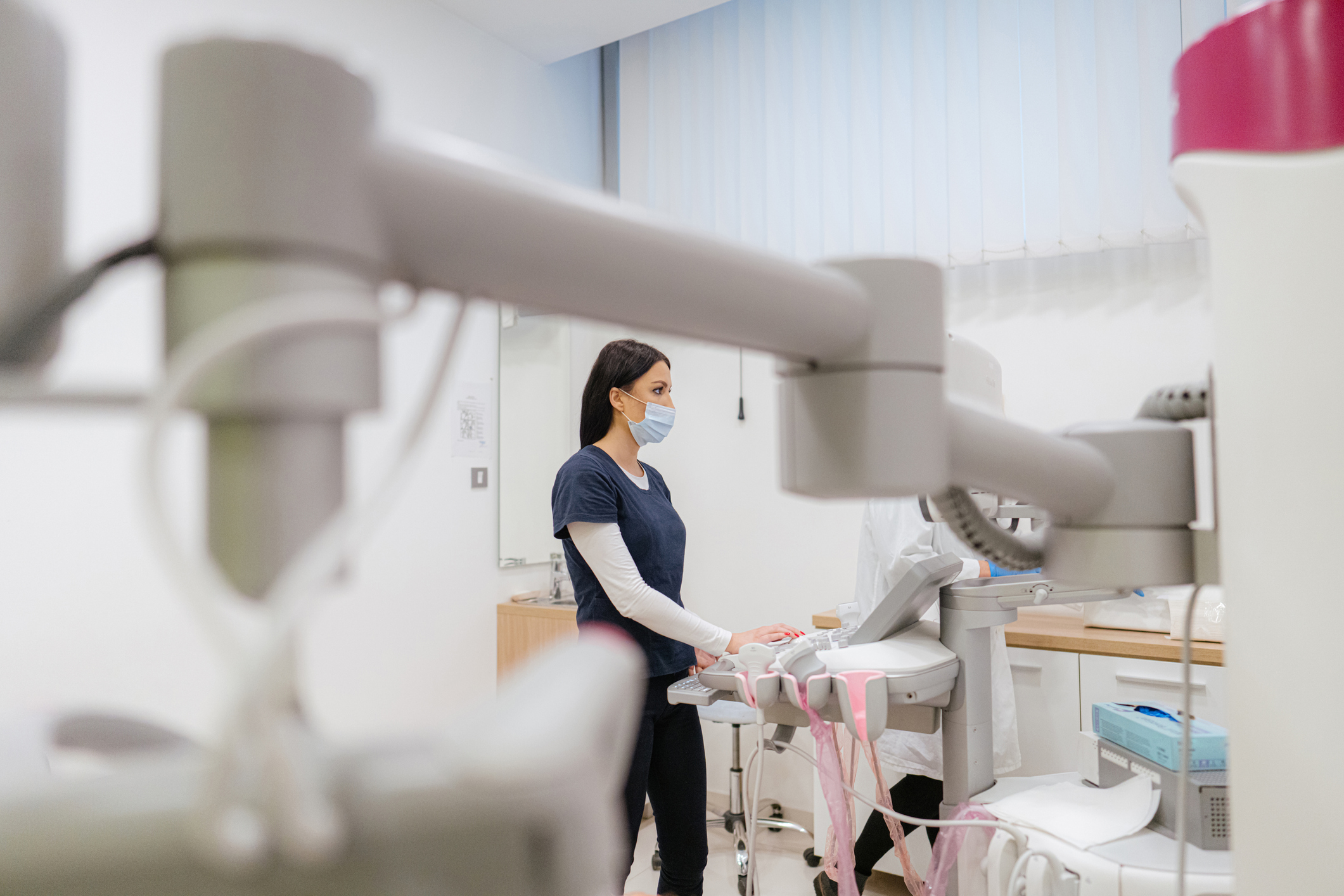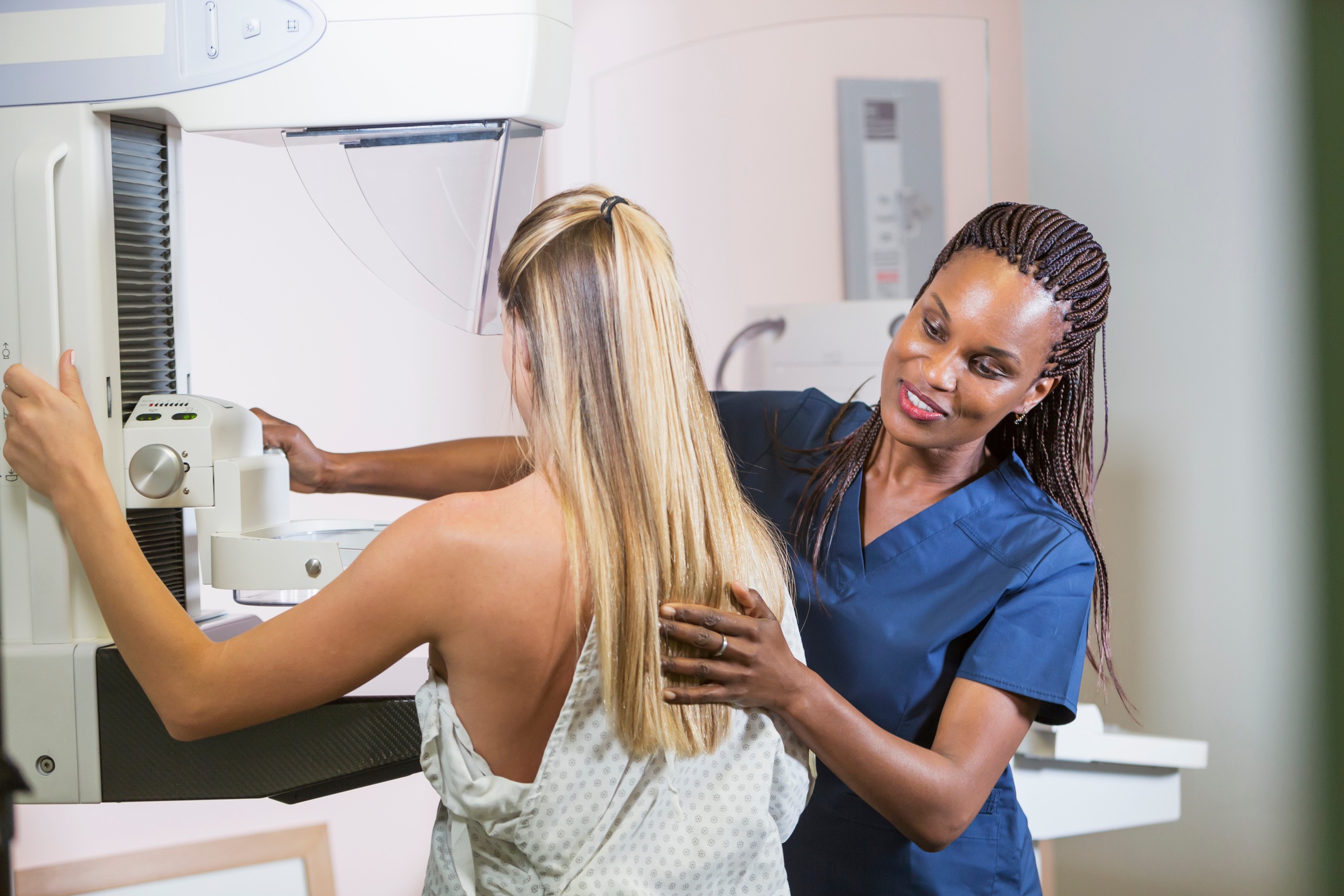Dense breasts are common
The radiologist who analyzes your mammogram determines the level of breast density, which falls into four categories, ranging from predominantly fatty tissue to extremely dense tissue. In general, a woman whose breasts are classified as heterogeneously dense, or extremely dense, is considered to have dense breasts.
Since early detection is the key to effective treatment and better results, it’s important to know which screening procedures are best for you. Dense breast tissue and both benign and cancerous lumps appear white on a mammogram. Despite concerns, 3D mammograms are still the most effective screening tool. Tomosynthesis, or 3D mammography, differs from traditional 2D mammography because it takes multiple images, almost like “slices” throughout the breast. This prevents the superimposing of multiple layers of tissue in a single image that can often hide or mask areas of concern, particularly in dense breast tissue.
For women with dense breasts, 3D screening mammography alone may not be enough to detect early breast cancer. An MRI may be needed and has been shown to increase cancer detection rates in dense breast patients when they’re used in combination with annual screening mammography. Talk to your health professional about other tests that are appropriate for imaging dense breast tissue.



